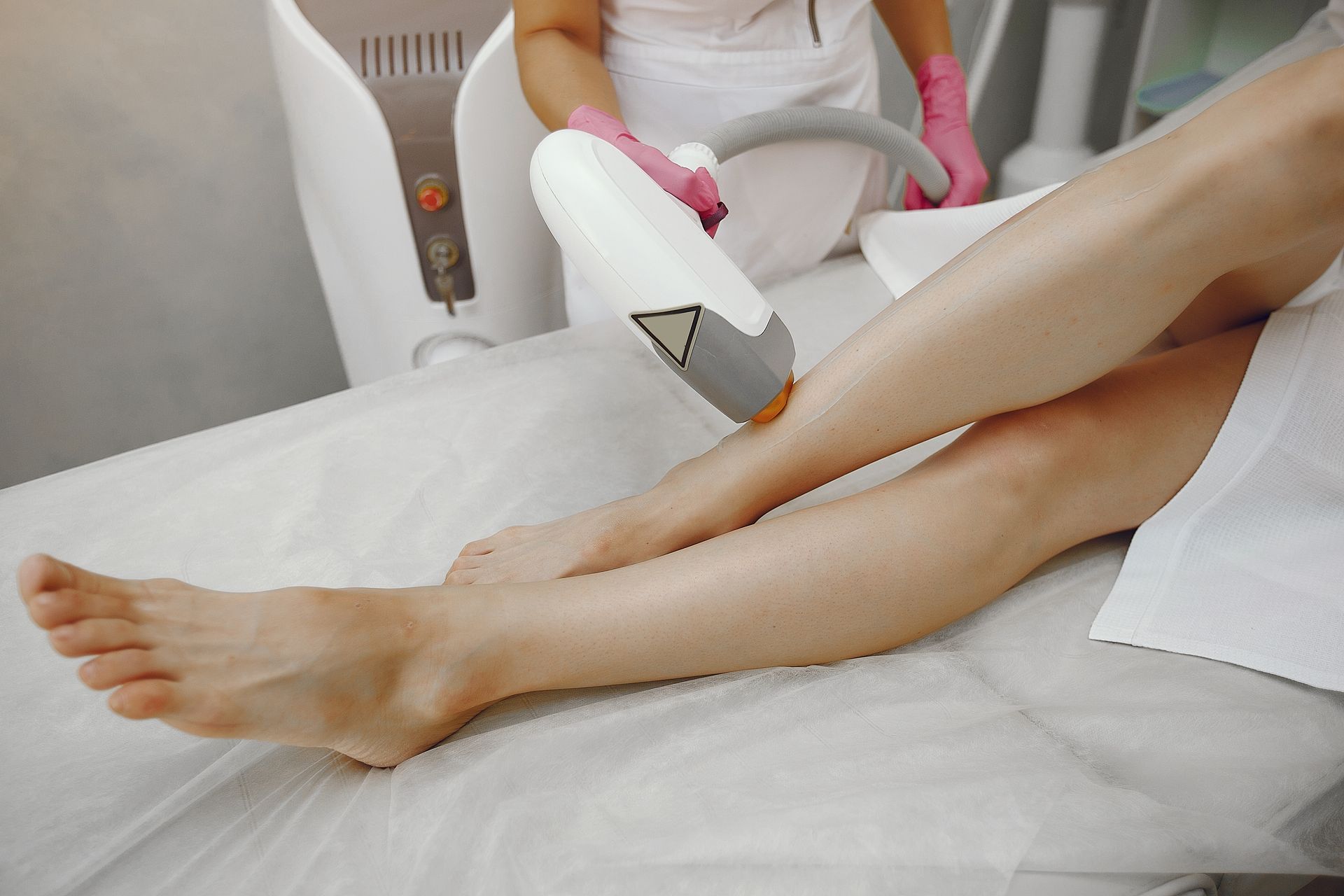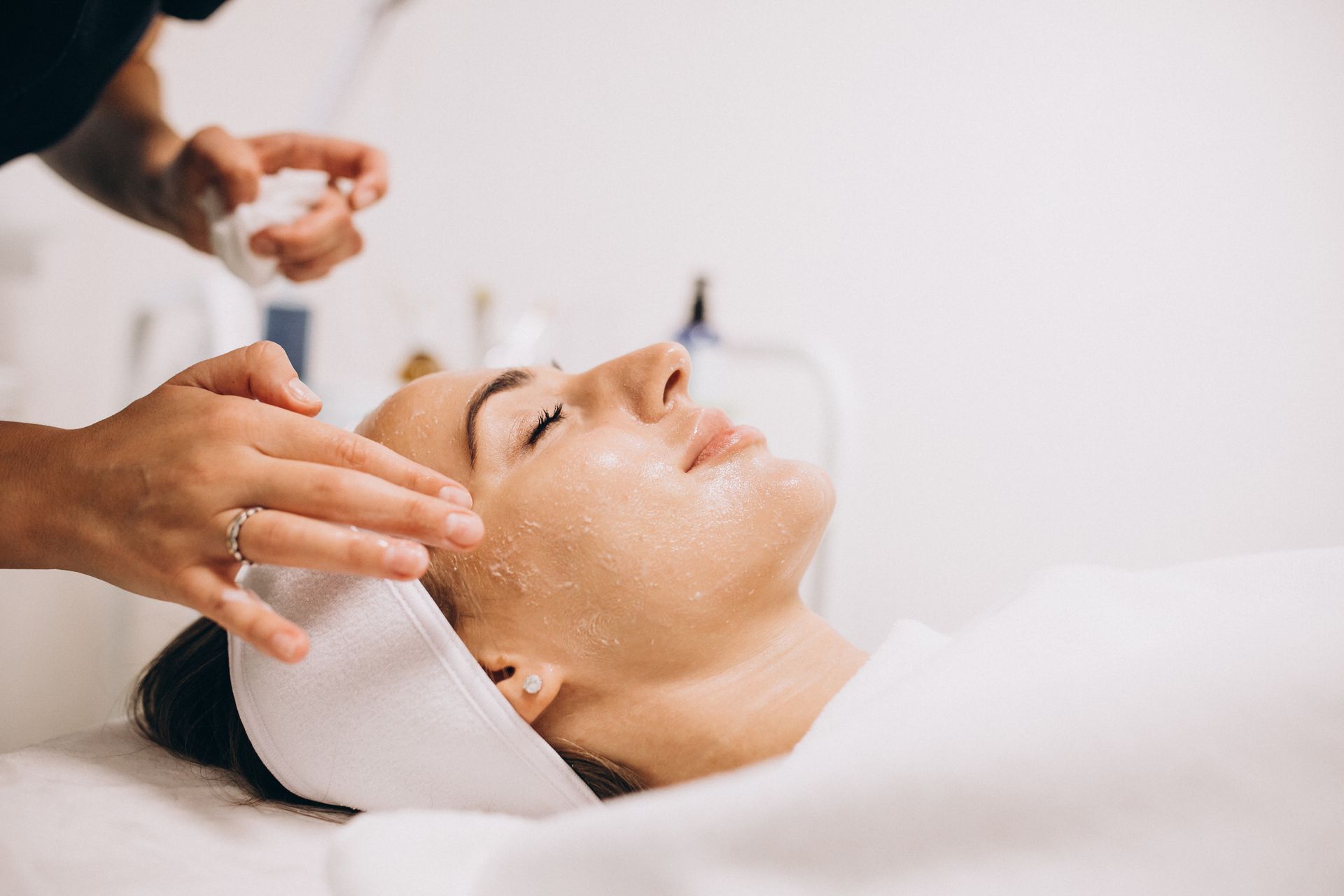How Expensive Is Laser Hair Removal?
Laser hair removal has emerged as a popular and effective method for achieving long-term hair reduction. In recent years, it has gained significant traction as a preferred choice among individuals seeking a more permanent solution to unwanted hair growth. However, one common question that arises for those considering this treatment is: How expensive is laser hair removal?
Laser hair removal involves the use of concentrated beams of light to target hair follicles, inhibiting their ability to grow hair. This process, known as selective photothermolysis, effectively
destroys the hair follicle while leaving surrounding skin unharmed. As a result, laser hair removal offers a range of benefits beyond just hair reduction.
The cost of laser hair removal can vary depending on several factors, including the treatment area, the number of sessions required, geographic location, and the expertise of the clinic or technician. Understanding these factors and their implications for pricing is essential for those considering laser hair removal as a viable option.
Factors Affecting the Cost of Laser Hair Removal
Laser hair removal is a highly personalized treatment, and the cost can vary significantly depending on several factors. Understanding these factors is crucial for individuals considering laser hair removal as it allows them to anticipate the expenses involved and make informed decisions. Here, we'll delve into the key factors that influence the cost of laser hair removal:
Treatment Area
The size and location of the treatment area play a significant role in determining the cost of laser hair removal. Larger areas, such as the legs or back, typically require more time and resources to treat compared to smaller areas like the upper lip or underarms. Consequently, treatments for larger areas tend to be more expensive.
Number of Sessions Needed
Laser hair removal is a gradual process that typically requires multiple sessions to achieve desired results. The number of sessions needed varies depending on factors such as hair thickness, skin color, and individual response to treatment. Generally, more sessions are required for optimal results, which can increase the overall cost of treatment.
Geographic Location
The cost of laser hair removal can vary based on the geographic location of the treatment facility. Prices may be higher in metropolitan areas or regions with a higher cost of living. Additionally, local market competition and demand for laser hair removal services can influence pricing. Individuals residing in urban areas may expect to pay more for treatment compared to those in rural areas.
Clinic Reputation and Expertise
The reputation and expertise of the clinic or laser technician performing the procedure can impact the cost of laser hair removal. Established clinics with experienced practitioners may charge higher fees due to their reputation for delivering quality results and providing excellent customer service. Clinics that invest in advanced training and technology may also command higher prices for their services.
Type of Laser Technology Used
The type of laser technology used for hair removal can affect the cost of treatment. Advanced laser systems with innovative features may come with a higher price tag but offer enhanced safety, efficacy, and patient comfort. Also, some lasers are specifically designed to target certain skin types or hair colors, which may require specialized equipment and expertise, potentially influencing treatment costs.
Understanding Pricing Models
When it comes to laser hair removal, clinics and practitioners typically offer various pricing models to accommodate the needs and preferences of their clients. Understanding these pricing models can help individuals make informed decisions about their treatment options and budget accordingly. Here, we'll explore some common pricing models used for laser hair removal:
Per Session Pricing:
Per session pricing is one of the most straightforward pricing models for laser hair removal. In this model, individuals pay for each treatment session they undergo. The cost per session varies depending on factors such as the treatment area, the type of laser technology used, and the clinic's location and reputation. While per session pricing offers flexibility, it may result in higher overall costs, especially for individuals requiring multiple sessions to achieve desired results.
Package Deals:
Many clinics offer package deals or treatment bundles for laser hair removal. These packages typically include a set number of treatment sessions at a discounted rate compared to individual session pricing. Package deals are often tailored to specific treatment areas or combinations of areas, allowing individuals to save money by committing to multiple sessions upfront. Package deals may come with added perks or incentives, such as complimentary touch-up sessions or discounted skincare products.
Membership Plans:
Some laser hair removal clinics offer membership plans or loyalty programs for their clients. These membership plans typically involve a monthly or annual fee in exchange for discounted treatment rates, exclusive promotions, and other member benefits. Membership plans are ideal for individuals who anticipate undergoing multiple laser hair removal sessions over an extended period. By enrolling in a membership plan, individuals can enjoy cost savings and prioritize their skincare needs while maintaining a consistent treatment schedule.
Financing Options:
For individuals concerned about upfront costs, many laser hair removal clinics offer financing options to make treatment more accessible. Financing options may include payment plans, healthcare credit cards, or third-party financing providers. These options allow individuals to spread out the cost of treatment over time, making laser hair removal more affordable and manageable within their budget. Financing options may offer competitive interest rates and flexible repayment terms, allowing individuals to choose a plan that best suits their financial circumstances.
Average Cost of Laser Hair Removal
Laser hair removal has become a popular choice for individuals seeking a long-term solution to unwanted hair growth. While the cost of laser hair removal can vary widely depending on several factors, including the treatment area, geographic location, and clinic reputation, understanding the national average pricing and breakdown by treatment area can provide individuals with a general idea of what to expect in terms of cost.
National Average Pricing
The national average pricing for laser hair removal can serve as a useful benchmark for individuals considering this treatment. However, it's important to note that these averages may vary depending on factors such as the type of laser technology used, the experience of the practitioner, and local market dynamics. On average, individuals can expect to pay anywhere from $200 to $800 per session for laser hair removal treatments. Keep in mind that multiple sessions are typically required to achieve optimal results, which can further contribute to the overall cost.
Breakdown by Treatment Area
The cost of laser hair removal varies depending on the specific treatment area targeted. Different areas of the body require varying levels of expertise, time, and resources to treat effectively. Here's a breakdown of average pricing for laser hair removal by treatment area:
Face:
Treatment of facial areas such as the upper lip, chin, or cheeks tends to be less expensive compared to larger areas of the body. On average, individuals can expect to pay between $150 to $300 per session for facial laser hair removal.
Underarms:
Underarm hair removal is a common treatment area for laser hair removal. The average cost for underarm laser hair removal typically ranges from $175 to $225 per session.
Legs: Treating
larger areas like the legs requires more time and resources, which can contribute to higher treatment costs. On average, individuals can expect to pay between $250 to $600 per session for laser hair removal on the legs.
Bikini Line:
Laser hair removal for the bikini line is another popular treatment area, especially for individuals seeking hair reduction in the bikini area. The average cost for bikini line laser hair removal ranges from $150 to $350 per session.
Additional Costs to Consider
While the cost of laser hair removal sessions themselves can be a significant investment, it's important to consider additional costs that may arise throughout the treatment process. These additional costs can include consultation fees, pre-treatment preparation, and post-treatment care products. Understanding and budgeting for these expenses can help individuals plan for a successful laser hair removal experience.
Consultation Fees:
Many laser hair removal clinics require an initial consultation before starting treatment. During this consultation, a qualified practitioner assesses the individual's skin type, hair color, medical history, and treatment goals to determine suitability for laser hair removal and develop a personalized treatment plan. Some clinics may charge a consultation fee, which typically ranges from $50 to $200. While consultation fees may seem like an added expense, they provide an opportunity for individuals to discuss their concerns, ask questions, and gain valuable insights into the laser hair removal process before committing to treatment.
Pre-treatment Preparation:
Preparing the skin before laser hair removal sessions is essential for ensuring safe and effective treatment outcomes. Depending on the clinic's guidelines and individual needs, pre-treatment preparation may involve activities such as shaving the treatment area, avoiding sun exposure, and discontinuing certain skincare products or medications that could increase sensitivity to laser light. Some individuals may choose to invest in numbing creams or gels to minimize discomfort during treatment sessions. While these pre-treatment preparations may incur additional costs, they are crucial for optimizing results and minimizing the risk of adverse reactions.
Post-treatment Care Products:
After each laser hair removal session, individuals may experience temporary side effects such as redness, swelling, or skin sensitivity. Investing in post-treatment care products can help soothe and protect the skin, promote healing, and minimize discomfort. Common post-treatment care products may include gentle cleansers, moisturizers, soothing creams or gels, and sunscreen with high SPF. While these products may represent an additional expense, they are essential for supporting the skin's recovery process and maintaining optimal results between treatment sessions.
Cost vs. Benefit Analysis
Laser hair removal is often considered a long-term investment in achieving smooth, hair-free skin. While the initial cost of laser hair removal may seem higher compared to other hair removal methods, such as shaving, waxing, or depilatory creams, it's essential to conduct a cost vs. benefit analysis to assess the overall value of the treatment.
Comparing Laser Hair Removal Costs with Other Hair Removal Methods
While traditional hair removal methods like shaving, waxing, and depilatory creams may seem more affordable upfront, they often require frequent maintenance and can incur ongoing costs over time. For example, the cost of purchasing razors, waxing kits, or depilatory creams can add up significantly over months or years. Additionally, these methods may cause skin irritation, ingrown hairs, and other adverse effects, leading to additional expenses for skincare products or treatments. In contrast, laser hair removal offers long-term results, reducing the need for frequent maintenance and associated costs.
Long-term Cost Savings
Despite the higher initial cost of laser hair removal, it can offer significant long-term cost savings compared to other hair removal methods. While multiple treatment sessions are typically required to achieve desired results, many individuals experience permanent hair reduction, minimizing the need for ongoing maintenance. Over time, the cumulative cost of laser hair removal sessions may be lower than the combined expenses of purchasing shaving supplies, waxing kits, or depilatory creams over a similar period. Moreover, laser hair removal can save individuals time and effort spent on daily or weekly hair removal routines, allowing them to enjoy smoother, hassle-free skin in the long run.
Tips for Affording Laser Hair Removal
Budgeting Strategies: Consider incorporating laser hair removal treatments into your long-term budgeting plan. Allocate funds for treatment sessions based on your financial priorities and goals.
Utilizing Special Offers and Discounts:
Many laser hair removal clinics offer special promotions, package deals, or discounts for new clients or multiple sessions. Keep an eye out for these offers to maximize cost savings.
Exploring Financing Options:
If upfront costs are a concern, inquire about financing options offered by laser hair removal clinics. Payment plans, healthcare credit cards, or third-party financing providers can help make treatment more affordable by spreading out the cost over time.
Conclusion
Laser hair removal offers a long-term solution for individuals seeking to reduce unwanted hair growth, providing smoother, hassle-free skin compared to traditional hair removal methods. Throughout this discussion, we've highlighted key factors influencing the cost of laser hair removal, including treatment area, number of sessions needed, and clinic reputation. While the initial investment may seem higher compared to other methods, the long-term cost savings and benefits of laser hair removal outweigh its upfront costs. By considering factors such as budgeting strategies, special offers, and financing options, individuals can make informed decisions about investing in laser hair removal as a worthwhile investment in their skincare routine and overall well-being.
BOOK YOUR FREE SESSION










